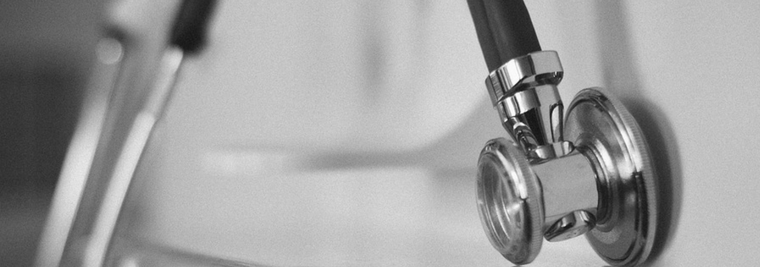Meaningful Use of EHR Documents in Hospitals
During the process of switching to EHR many aspects of organization and adequate labeling of medical records are lost. As mentioned in our previous post File Compression: Meaningful Use of EHR Systems in Hospital, millions of documents are stored in hospitals and clinics. According to HIPPA laws patient files have to be stored for a minimum of six years and the time can double for patients under 18. Healthcare professionals tend to store medical records for a longer time as a precautionary measure; this causes the number of patient files to skyrocket.
Finding the patient file you need at a moment’s notice may take time and resources that staff could be using elsewhere. Meaningful use of EHR systems in hospitals goes beyond uploading documents into a system just to meet requirements. As of June 2014, The Center for Disease Control and Prevention have estimated that more than 403,000 professionals have received incentive payments for switching over to meaningful use of EHR.
Repurpose Staff’s Time & Resources with OCR Technology
Optical character recognition (OCR) technology eases the process of accessing patient data by equipping healthcare professionals with more efficient, fully text-searchable EHR files. Looking through health records without OCR can take hours, draining healthcare providers of resources and increasing labor costs as their administrative and medical staff search manually for patient information. OCR maximizes employees’ time by changing the process from a manual “needle in a haystack” hunt to a simple, instant keyword search. This helps hospitals and healthcare facilities run more efficiently, creating smarter, faster patient care practices.
OCR technology allows users to perform instant keyword search on health record archives to find the information they need. This can cut down patient waiting times and make personnel more efficient in the office. These cost-saving measures allow for budgets to be allocated elsewhere in the hospital and free up resources so that hospitals can improve services. Applying OCR to EHR helps to make patient health information to be available whenever and wherever it is needed.
Take a step in the right direction toward improving your organization’s patient care and staff efficiency. Try a free evaluation of CVISION’s OCR software today.






